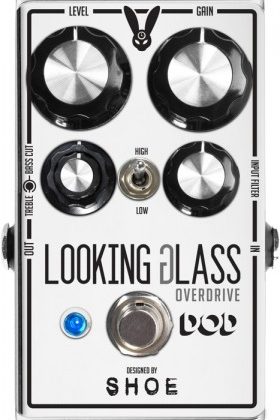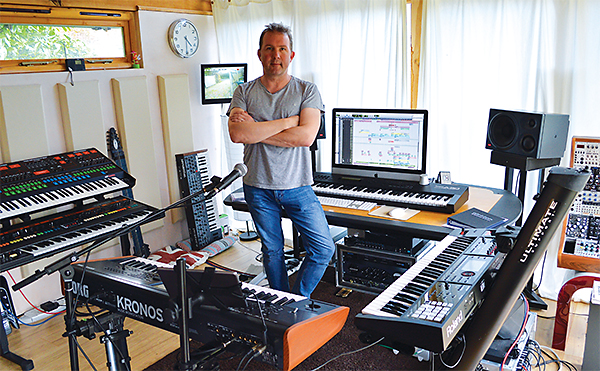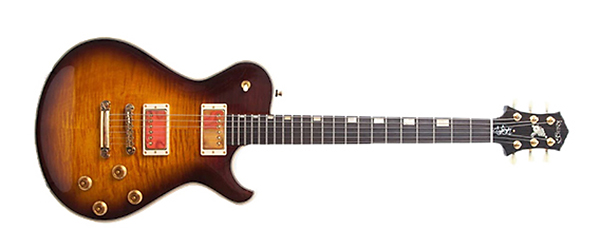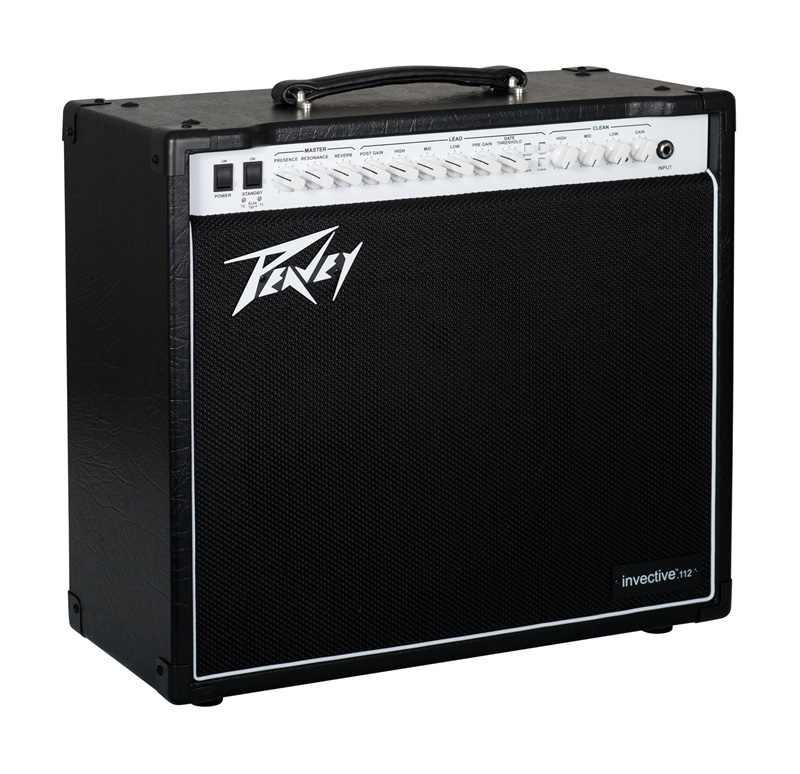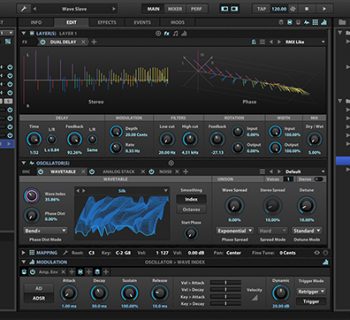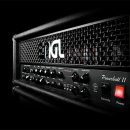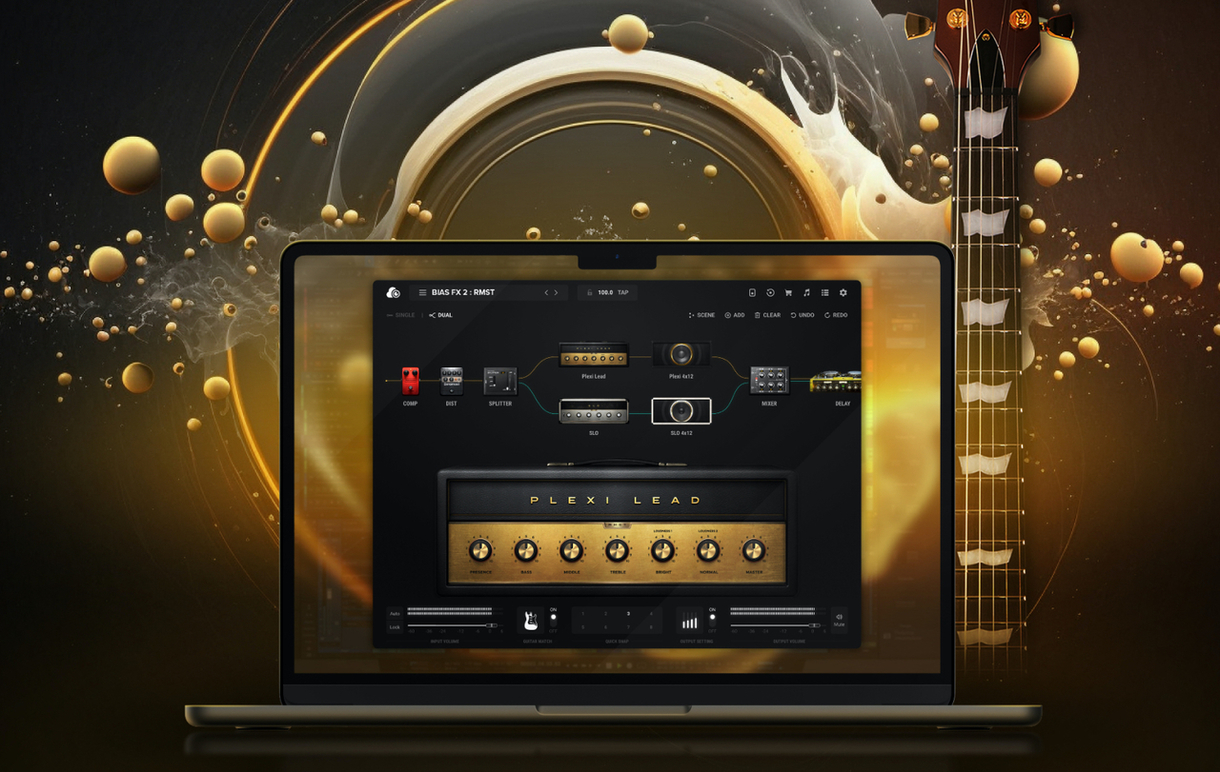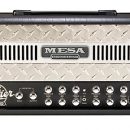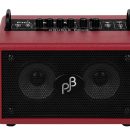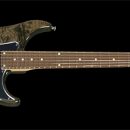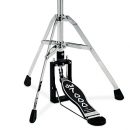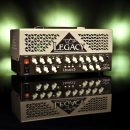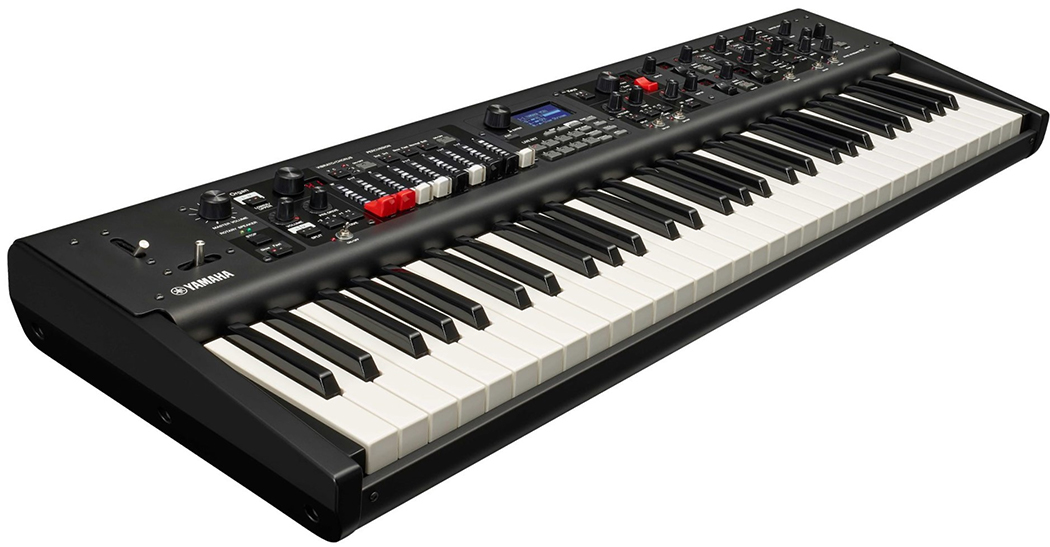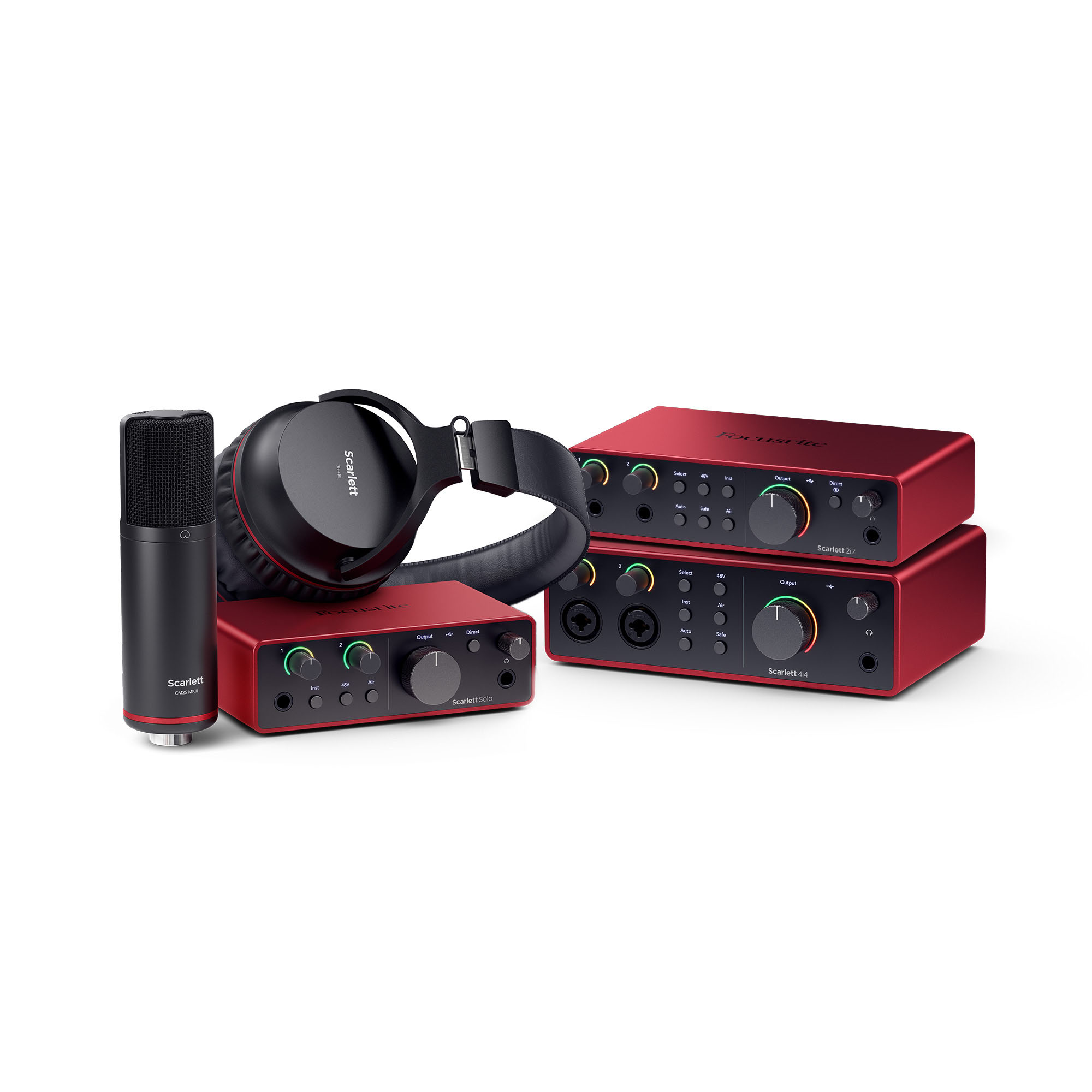In a fell swoop of nostalgia, we bring you this DOD overdrive pedal for review; the Looking Glass. We’ve owned DOD pedals since decades ago, when we first picked up the electric guitar, and some of those pedals have attained “classic” status.
| Category | Value | Rating |
| Features | 20% | |
| Usability | 25% | |
| Sound | 25% | |
| Documentation & Support | 10% | |
| Price | 20% | |
| OVERALL RATING = 3.2 Stars 3.6 stars or better: Outstanding, WIHO Award 3 stars or better: Worth considering 2 stars or better: Suited to specific needs 1 star or less: Not recommended |
||
In a joint collaboration with boutique pedal designer, Christopher Venter, of SHOE Pedals, DOD has released an overdrive/boost pedal that goes far beyond their simpler, classic fare. Delivering clean boost, low gain grit, and high gain crunch in one 9v-powered, compact, stomp box is no easy feat, and the boutique connection here meant that this pedal needed to measure up to a higher standard. We put the Looking Glass through the paces and gave it no leeway. We stomped, we gritted, and we gained it to death. In the end, we found a very interesting pedal that is sure to appeal to a wide range of players. So… is this the distortion box for you?
Features
The Looking Glass is marketed as a Class A FET Overdrive pedal. Defining class A FET goes beyond the scope of this review, but you’ll be happy to know it equates to “low noise.” Actually, it’s the lowest-noise circuit obtainable. DOD pedals by design are laid out rather simply, and the Looking Glass is no different. Finished in a chrome-like mirror finish, the name is quite appropriate. Kind of makes us want Paul Stanley’s cracked mirror Ibanez guitar.
From the face of the pedal, the top two knobs are Level and Gain. These require no explanation. The bottom two knobs, however, are less obvious. The bottom left knob is a dual-concentric design, with the top knob adjusting treble attenuation of the sound and the bottom knob providing an input signal bass cut. The right bottom knob is an input filter, which allows you to pepper the guitar’s midrange sound coming in based on what you are hearing coming out.
A standard, heavy-duty footswitch allows for On/Bypass operation and with the unit on, a blue indicator light illuminates so brightly that even the blind can see it.
A silver toggle switch is placed covertly in the middle of the 4 knobs. The toggle switch changes the mode of the pedal from low to high gain. Two quarter-inch jacks on opposite sides of the pedal accommodate the guitar signal. The batter compartment is accessed by removing the bottom plate of the pedal with a screwdriver.
Usability
Overdrive/boost pedals aren’t particularly difficult to use by nature. Getting this pedal up and running for our sound tests was elementary. A battery and two cables were all it took, and we were ready to rock. We prefer a battery compartment that doesn’t require a screwdriver to access for simple, grab-and-go gigs, but if this is going on a pedalboard with a power supply, it’s a moot issue.
Another issue worth noting is one of design. The toggle switch sits in the center of the pedal, surrounded by a reflective faceplate covered in a mirror-like finish with black knobs—it’s quite easy to miss the switch entirely! After wondering why the dimed-out Gain knob wasn’t all that gainy, we finally noticed the switch, which puts the pedal into its high-gain mode. Pilot error? Definitely. However, most cockpits don’t hide the throttle control, either. Red faces? We had ‘em. Hopefully this review will spare you the same embarrassment.
Getting a balance between the bottom two, tone-influencing knobs proved a little challenging, but was well worth the work. Other pedals with more limited tone controls can sound quite specifically good or bad depending on the guitar and amp they are paired with. But these two controls, along with the design of the pedal, ensure that you can properly match the tone of this pedal to your specific guitar and amp combination.
Another note about the bright LED: it’s great for an outdoors gig, but we found it a bit overbearing on a very dark stage.
Sound
We plugged our Ibanez PBFP Jem into the Looking Glass and fed it into our Mesa Mark Five head mated to a 4x10 Marshall cabinet. Setting all controls around midway for starters, we found it to be a looking glass indeed. The pedal did next to nothing to our tone switched On or Off. Once we nudged the Level and Input knobs up a little, we heard the subtle but useful effect of the transparent boost in the low gain setting. The pedal added very little grit, yet in our Mesa’s IIC+ mode, it slammed the amp a bit harder at the input and therefore gave us a different dynamic as a result. We particularly liked what it did to our high gain channel, too. Herein lies the difference between a good sound and a great sound: the subtle differences.
We felt for the clean channel, the boost was unnecessary and made the sound slightly cluttered and abrupt. Even diming out the gain and peppering the bottom two knobs, we felt this pedal wasn’t mated well to this channel. The dimed-out gain in the low gain setting sounded akin to a Fender twin pushed to breakup. We understand some of our readers will relish this sound, though, and it was well suited to a Beatles-esque application.
Selecting the high gain setting, the pedal becomes less of a Looking Glass and more of an overdrive pedal. The sound on our clean channel was roughly akin to a Vox AC30 pushed good and hard into breakup. Once the pedal was dialed in to our liking, we found useful middle-of-the-road gain sounds, which can be had uniquely with this amp’s clean channel. We feel the classic Fender or Vox amp crowd will benefit most from this pedal, as it served to give a good, classic rock kind of breakup on our clean channel. This pedal will work well turning our lower watt, classic design amps into useful, two-channel amps.
Next up in our Looking Glass test was our Knaggs Kenai T3 into a Friedman BE100. The Friedman already has an insane amount of gain on tap in its BE channel, so we used it to subtly boost there. We felt it predictably turned this amp’s BE channel into something closer to its HBE (higher gain) channel. On the amp’s HBE channel, we got unpredictable, uncontrollable fun! Feedback and almost a Hendrix-like fuzz was obtainable in this fashion. On the Friedman’s clean channel, the high-gain mode of the pedal was smooth and refined. It seemed better balanced and suited to this amp/guitar combination (which is more akin to the Les Paul/Marshall tone stack than the Fender/Vox combo).
Throughout our sound testing, there was a definite sweet spot when dialing in the bottom two knobs. On any channel, we had bad, good and great tone, depending how much we used our ears and learned the function of these three control knobs. Spending a little bit of time understanding the pedal went a long way for us.
We also noted that the pedal was very responsive to dynamics. Pick attack had a lot to do with our final sound. The pedal tamed nicely on softer played passages, too.
Video courtesy of DigiTech
Documentation and Product Support
The Looking Glass was packaged with a user manual, and an identical one can be found on line. We highly recommend reading it. Knowing which knobs affect tone before or after the pedal is paramount to a good user experience.
A one-year warranty is included, which seemed a bit short compared with other popular pedals.
Price
The DOD Looking Glass (MSRP $229.95) sells for approximately $150 street. DOD is marketed as the first boutique pedal company. While their brand grew into a mass-produced, inexpensive-yet-quality mark in the ‘80s and ‘90s, they have some living up to do in regards to their heritage. This pedals certainly puts them back on the right track. We feel the pedal, given its versatility and sound, is a good value and worth considering.
We are thrilled to see DOD not only re-releasing their beloved classics, but “looking” ahead with innovative, new designs like this one.
Contact Information
| Evaluation Short-List |
|

